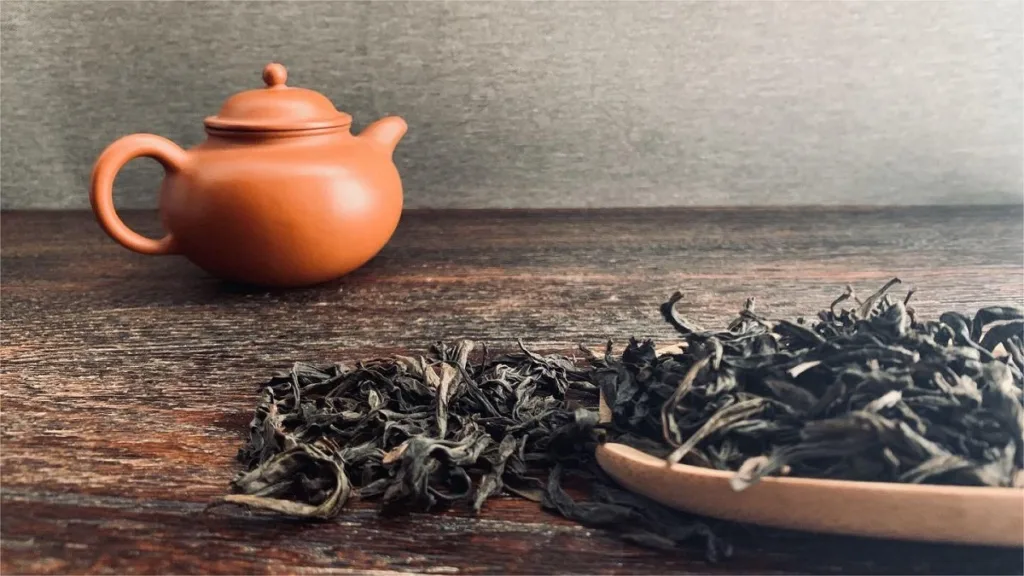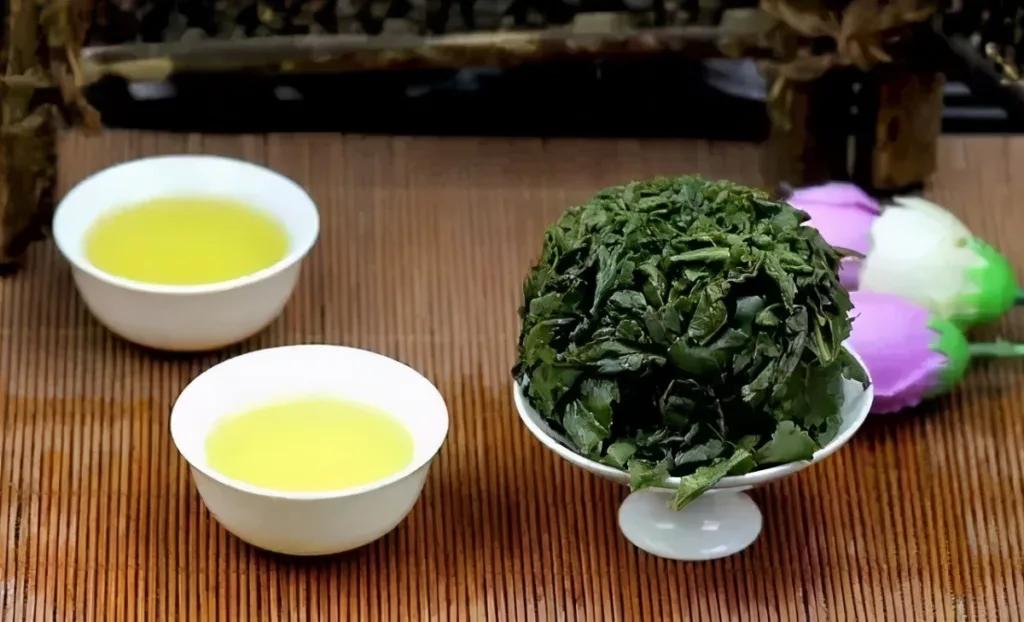High Mountain tea, also known as Gaoshan tea, is a general term for tea produced in high-altitude mountain regions. Any place with high elevations that can support tea cultivation can produce high mountain tea. While there’s no fixed definition for the exact elevation, it is generally accepted that tea grown at an altitude of 1000 meters or higher qualifies as high mountain tea.
Taiwan sets an upper limit of 2600 meters for high mountain tea. High mountain tea is characterized by its unique high-altitude aroma and is often considered a symbol of high-quality tea. There’s a saying in the world of tea, “Good tea comes from high mountains.”
Taiwan boasts a unique natural environment for growing high mountain tea, and this favorable condition is truly a gift from nature. Within Taiwan’s approximately 36,000 square kilometers of land, over 68.7% of the area lies above the 100-meter contour line, with mountainous regions above the 500-meter contour line accounting for about 45.2% of the island’s land. In other words, high mountains are abundant in Taiwan. Most high mountain tea gardens in Taiwan have been developed from existing forests or bamboo groves, which means they have rich soil with abundant organic matter, making them ideal for tea tree cultivation. When coupled with ample sunlight and consistent rainfall, these regions become prime locations for growing and producing tea.
History
Taiwan has a long history of tea production, including wild tea. According to historical records in the 1717 Chronicles of Zhu Luo County, it is mentioned that the central and southern areas of Taiwan, located between 800 to 5,000 feet above sea level, were home to wild tea trees. Local residents would harvest the young tea buds and process them for personal consumption. In the Chronicles of Danshui District, it is noted that “Mao Luoshan produces tea, with a very cold nature, which the aboriginal people dare not drink.” This wild tea is often referred to as “mountain tea” and can still be found in the mountainous regions of central and southern Taiwan. However, it does not have any direct lineage with the tea varieties that are currently cultivated by Taiwanese farmers.
High mountain tea, as we know it today, is largely credited to Mr. Chen Jindi, a fruit farmer from Lishan. He used to supply the tea to President Chiang Kai-shek while managing his pear orchard in Lishan. During his free time, he began growing tea and processing it at an altitude of 2500 meters. He initially didn’t know how to categorize the tea, as the tea trees he used were of different varieties but were all grown in high mountain areas. So, he decided to name them “high mountain tea.” This name gradually gained popularity and became synonymous with tea produced at high altitudes, usually above 1000 meters.
The tea tree varieties currently cultivated in Taiwan are believed to have been brought to the island by Fujianese immigrants over two hundred years ago. Early tea processing techniques in Taiwan were also taught by Fujianese masters. This shift in focus from the southern regions to the northern areas of Taiwan during the late Qing Dynasty significantly contributed to the development of Taiwan’s tea industry. Tea production became a significant export for Taiwan during the late Qing Dynasty, prompting a geographical shift from the southern regions to the northern areas, ultimately influencing the later cultural development of Taiwan.
Brewing Method
When preparing Taiwanese high mountain tea, start by rinsing the tea utensils with boiling water to maintain their heat throughout the brewing process.
- Place the tea leaves in the teapot. Put coarser leaves at the bottom and smaller or medium-sized leaves on top to avoid blocking the teapot’s spout.
- Begin pouring water around the edges of the teapot to avoid breaking the “tea gall.” Make sure the tea leaves roll in the hot water.
- As soon as the water covers the tea leaves, pour it out; this is known as the “tea wash.”
- For the second infusion, pour water until the teapot is about 90% full, then close the lid and rinse the teapot with boiling water. The water in the tea tray should reach the middle of the teapot. This process is called “attacking from the inside and outside.”
- After approximately 1-2 minutes, the exquisite and authentic flavors of high mountain tea will have fully infused.
Health Benefits
High mountain tea offers several potential health benefits:
- Diuretic Effect: Compounds like caffeine and theobromine in tea can act as diuretics, which help alleviate conditions like edema and water retention. Tea can also aid in detoxification and fluid balance, making it useful in treating acute jaundice.
- Cardiovascular and Antispasmodic Effects: Caffeine has a strong effect on heart health and can help relieve smooth muscle spasms, potentially alleviating conditions such as bronchial asthma. It also promotes blood circulation, making it a good auxiliary medication for conditions like bronchial asthma, cough relief, and expectoration.
- Arteriosclerosis Prevention: The tea’s high content of catechins and vitamin C plays a role in preventing arteriosclerosis. Regular tea drinkers, especially high mountain tea enthusiasts, tend to have lower incidences of hypertension and coronary heart disease.
- Antibacterial and Antibacterial Effects: The tea’s polyphenols and tannic acids are active against bacteria, coagulating bacterial proteins and killing them.
- Weight Loss: Various compounds like caffeine, inositol, folic acid, pantothenic acid, and aromatic substances in tea can regulate fat metabolism. Oolong tea, especially, is known for its ability to aid in protein and fat breakdown.
- Dental Health: Tea contains fluoride, which has a strong affinity for calcium in the teeth, forming a less soluble “fluorapatite.” This acts as a protective layer on the teeth, enhancing their resistance to acid and cavities.
- Anticancer Effects: Some flavonoids in tea have been reported to have varying degrees of in vitro anticancer effects. Compounds such as epigallocatechin gallate (EGCG) have shown particularly strong potential in this regard.
In conclusion, high mountain tea, or Gaoshan tea, is a unique and high-quality tea variety grown in the pristine mountains of Taiwan. Its history, brewing method, and potential health benefits make it a fascinating and delicious choice for tea enthusiasts. Whether you’re looking for a refreshing beverage or exploring the world of tea, high mountain tea offers a sensory and cultural experience worth savoring.




